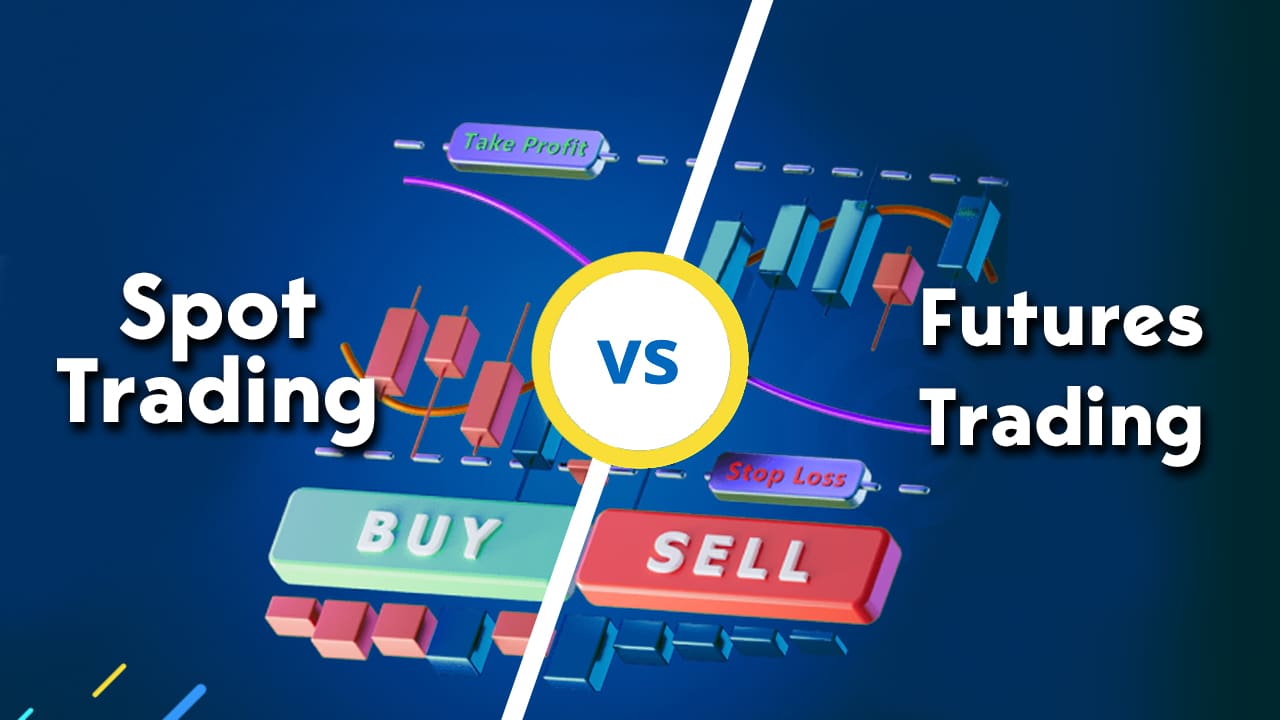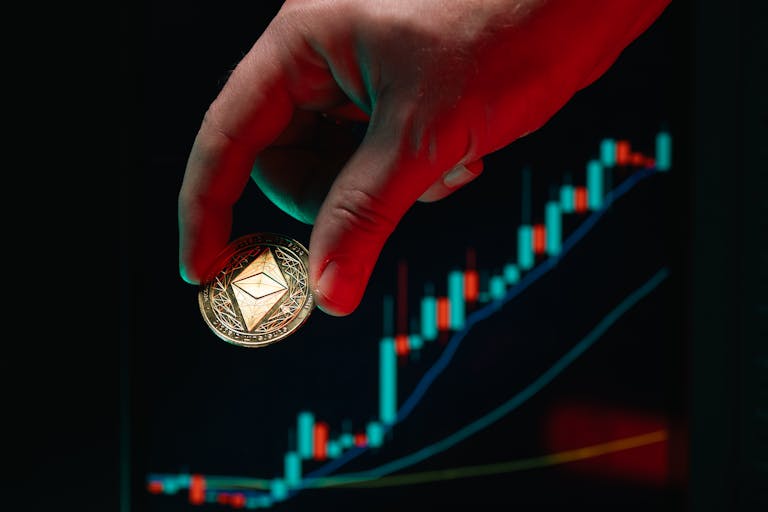In the dynamic world of cryptocurrency trading, platforms like Binance offer a variety of tools to cater to different investor goals and strategies. Two of the most popular trading options on Binance are spot trading and futures trading. While both allow users to engage with digital assets, they operate on distinct principles, carry different risk profiles, and serve unique purposes. Understanding the differences between them is crucial for making informed decisions in the market.
What is Spot Trading?
Spot trading refers to the immediate exchange of cryptocurrencies for fiat or other digital assets. When you buy a cryptocurrency on a spot market, you own the actual asset, and the transaction is settled instantly. For example, if you purchase Bitcoin (BTC) on Binance’s spot market, the coins are transferred to your account right away, and you can hold, sell, or use them as you see fit.
How It Works:
In spot trading, the price of an asset is determined by supply and demand in real time. Users can place market orders (buying/selling at the current price) or limit orders (setting a target price). Transactions are straightforward, with no need to worry about expiration dates or leverage.
Pros and Cons of Spot Trading:
-
- Pros:
-
- Simplicity: No complex mechanics like leverage or expiration dates.
-
- Transparency: Prices reflect the current market value without external factors.
-
- Lower Risk: No margin calls or liquidation risks, as transactions are settled immediately.
-
- Pros:
-
- Cons:
-
- Limited Profit Potential: Profits depend solely on price appreciation, without the ability to short sell.
-
- No Leverage: Users can only trade with the capital they have.
-
- Time Constraints: Requires holding assets to benefit from long-term growth.
-
- Cons:
What is Futures Trading?
Futures trading involves contracts to buy or sell an asset at a predetermined price on a future date. Unlike spot trading, where you own the asset, futures are agreements based on price movements. Traders can speculate on whether the price of a cryptocurrency will rise or fall, and even use leverage to control larger positions with less capital.
How It Works:
Binance’s futures market offers products like perpetual futures (which don’t have an expiration date but include funding rates) and quarterly/monthly futures (which expire on set dates). Traders can open long positions (betting on a price increase) or short positions (betting on a price decrease). Leverage amplifies both gains and losses, and margin requirements mean investors must maintain a certain amount of capital in their account to avoid liquidation.
Pros and Cons of Futures Trading:
-
- Pros:
-
- Flexibility: Opportunities to profit in both rising and falling markets.
-
- Leverage: Control larger positions with a smaller capital outlay (e.g., 10x or 100x leverage).
-
- Hedging: Protect against price volatility by locking in future prices.
-
- Pros:
-
- Cons:
-
- Higher Risk: Leverage can lead to significant losses, including liquidation.
-
- Complexity: Requires understanding of margin, funding rates, and contract terms.
-
- Time Sensitivity: Perpetual contracts don’t expire, but quarterly/monthly ones have deadlines.
-
- Cons:
Key Differences Between Spot and Futures Trading
-
- Settlement Time
-
- Spot Trading: Immediate settlement (T+0).
-
- Futures Trading: Settlement occurs at a future date (e.g., monthly or quarterly contracts), or continuously for perpetuals.
-
- Settlement Time
-
- Leverage
-
- Spot Trading: No leverage; trades are settled with available funds.
-
- Futures Trading: Available leverage allows traders to amplify returns (and risks). For instance, a 10x leverage means a small movement in price can result in tenfold gains or losses.
-
- Leverage
-
- Risk Profile
-
- Spot Trading: Lower risk since there’s no leverage or liquidation.
-
- Futures Trading: High risk due to leverage, margin calls, and the potential for rapid losses.
-
- Risk Profile
-
- Market Access
-
- Spot Trading: Limited to long positions (buying) unless using derivatives like options.
-
- Futures Trading: Enables both long and short positions, offering more strategic versatility.
-
- Market Access
-
- Time Horizon
-
- Spot Trading: Often tied to long-term investment goals.
-
- Futures Trading: Suited for short-term speculation, arbitrage, or hedging.
-
- Time Horizon
-
- Costs and Fees
-
- Spot Trading: Fees are typically lower and based on trading volume.
-
- Futures Trading: May include funding rates (for perpetuals) and higher transaction costs due to leverage.
-
- Costs and Fees
Who is Spot and Futures Trading Suitable For?
-
- Spot Trading: Ideal for conservative investors or those looking to build a long-term portfolio. It’s perfect for individuals who want to own assets and benefit from price appreciation over time. Newcomers to crypto trading often start here due to its simplicity.
-
- Futures Trading: Best for experienced traders or those seeking to hedge their positions. It requires a deeper understanding of market dynamics, risk management, and tools like stop-loss orders. Futures appeal to traders aiming to capitalize on short-term price swings or market volatility.
Tips for Choosing Between Spot and Futures Trading
-
- Assess Your Risk Tolerance: If you’re uncomfortable with high volatility or potential losses, spot trading is a safer bet. Futures can be risky but offer rewards for well-managed positions.
-
-
-
- Active trading or hedging? Consider futures.Define Your Strategy:
-
- Long-term growth? Opt for spot.
-
- Active trading or hedging? Consider futures.Define Your Strategy:
-
-
-
- Understand Leverage: Use leverage cautiously. It can magnify profits, but the same applies to losses. Always set stop-loss limits.
-
- Study Market Volatility: Futures markets are more sensitive to price swings, making them ideal for traders who can navigate rapid changes.
-
- Start Small: If you’re new to futures, begin with small positions and use demo accounts to practice.
Conclusion
Binance spot trading and futures trading each have their own strengths and weaknesses. Spot trading is a straightforward entry point for those looking to buy and hold, while futures trading offers advanced strategies for experienced users.
The choice between the two depends on your goals, risk appetite, and understanding of the market. For many, a balanced approach—using spot for long-term investments and futures for strategic trading—can maximize opportunities in the crypto ecosystem. As always, thorough research and prudent risk management are essential to succeed in either domain.







